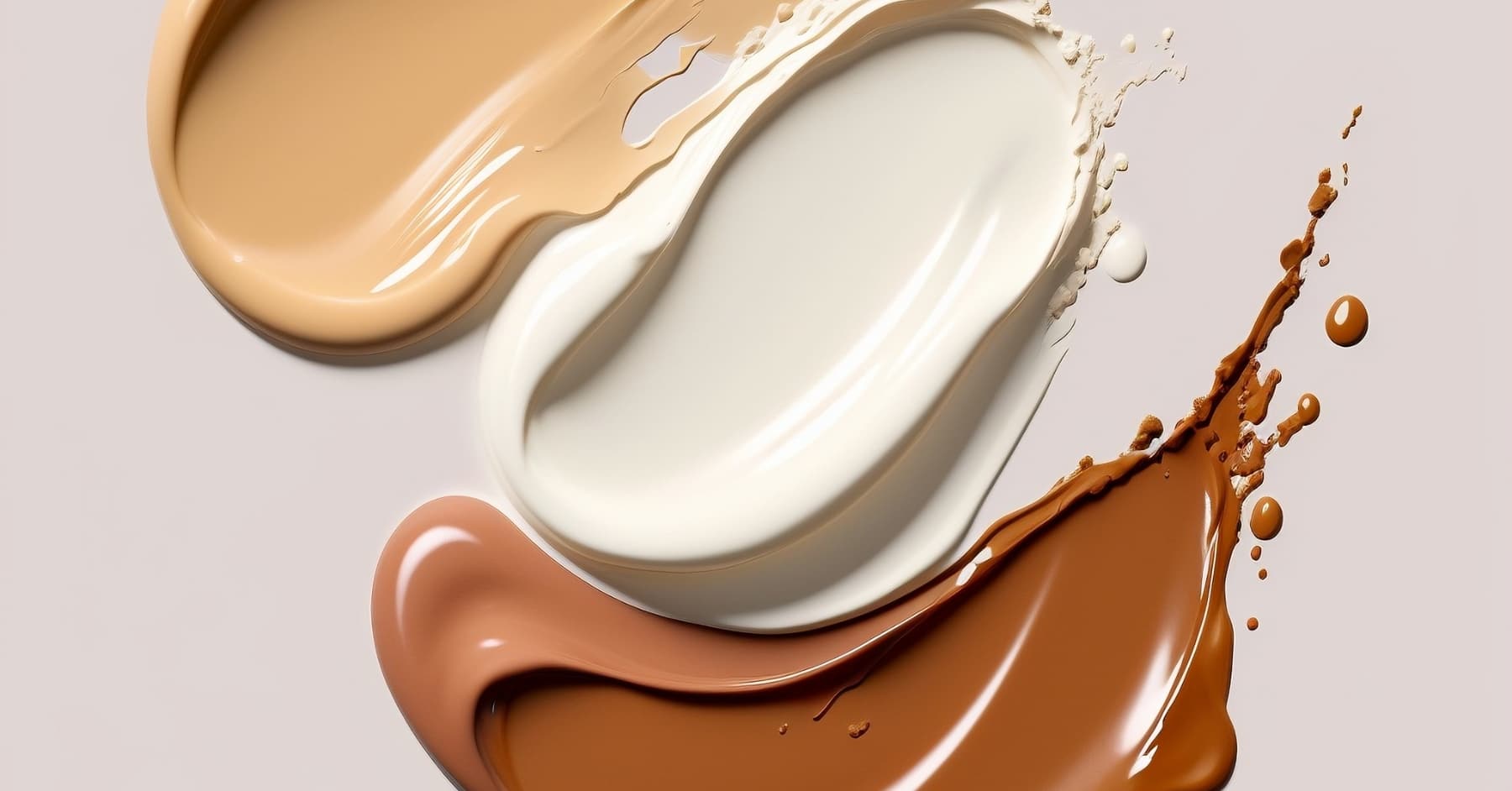If you’re an athlete struggling to speed up recovery and take better care of your muscles then a sports therapy massage is worth checking out. As opposed to regular relaxation massages, it’s a massage that targets specific muscle groups and has a more functional purpose. In this article, we will look into exactly what sports therapy massages involve and how they can help improve performance, relieve pain, and be great for the overall health of athletes.
How Does Sports Therapy Massage Work?
The main goal of these types of massages is to target specific muscles that are used, over-exerted or even injured during the course of training. Depending on the individual athlete’s needs or issues, the masseur will target specific areas to loosen the muscles, improve the range of motion and increase performance. The goal is to apply pressure to the muscles to help relax them, release knots, increase blood flow and help circulate lymphatic fluid to aid in the healing process.
Methods vary and varieties of techniques can be used, such as deep tissue massage, trigger point therapy and even alternative treatments such as dry needling and cupping may even be used in the process. These various techniques can help the athlete recover even faster and largely depends on the nature of the muscle strain and individual needs. All in all these techniques have the same goal in mind and that is always aimed at improving the performance of the athlete.
Benefits of Sports Therapy Massage for Athletes
Athletes have different needs than the average person, they are constantly pushing their bodies to the limit and need special care to help heal. While the most obvious benefit is better recovery, there are also other helpful effects that massages provide as well.
Lowering Stress
Most people go to get massages to relax but for athletes having some downtime can be beneficial for performance, even more so than an average person. The blood pressure lowering effects, reduction in tension and simply switching off for the 30min-1 hour massage work together to lower stress, which for an athlete under pressure can make all the difference.
Faster Recovery from DOMS (Delayed Onset Muscle Soreness)
Ever get sore muscles the day after working out? This is one of the main reasons why athletes get sports massages. By getting the muscles loose and circulating the lactic acid, athletes can get fewer incidents of DOMS and be able to get back to training faster than ever before.
Reducing Further Injuries
By keeping muscles consistently loose and well-circulated athletes can reduce the chance of further injuries from occurring. This is because as you’re optimizing your body’s musculature, tendons and nervous system it will be much better equipped to handle load and stress.
Increased Flexibility
A great benefit of sports massage, especially when used in combination with stretching, is the enhanced flexibility that athletes can gain. This not only helps reduce injury risk but also makes for better movement efficiency and capabilities. As mentioned earlier this can also play a big part in injury reduction as flexible bodies are more resistant to tears and knots.
Types of Techniques Used in Sports Therapy Massage
There are various types of techniques used in sports therapy massage, each with unique benefits and applications. All have parts to play in the overall effectiveness of a sports massage. Let’s take a look at some of the most common techniques and how they work.
Deep Tissue Massage
Deep tissue massage uses firm pressure to reach the deeper layers of muscle tissue to release tension and ease pain. While it is perfect for recovery it is also a great technique for athletes who are experiencing chronic muscle tension and need to improve their range of motion.
Trigger Point Therapy
Another technique is trigger point therapy, which aims to relieve muscle knots and spasms by applying pressure to specific points on the body that may be caught up due to overuse. The goal is to apply pressure on the specific area until the knot is released.
Myofascial Release
Myofascial release is another form of massage therapy used to address tightness or pain but is focused on the body’s connective tissues and facia. It works by applying pressure on specific areas while stretching the fascial layer allowing for more movement and less pain within the area.
Conclusion
If you’re an athlete serious about physical performance then sport therapy massages are a must, they have numerous benefits that don’t only include performance and recovery. There is a reason why many of the professionals out there swear by this recovery method. Make sure you do yourself a favour and include this in your training regime.
Photo by Toa Heftiba on Unsplash




